|
MONTESSORI CORAL REEF FIELD GUIDE INDEX
and
INTRODUCTION
Echinodermata (PHYLUM)
Sea Urchins, Sea Cucumbers,
Brittle Stars, Sea Stars, Sand Dollars
|
|
Sea Urchins |
|
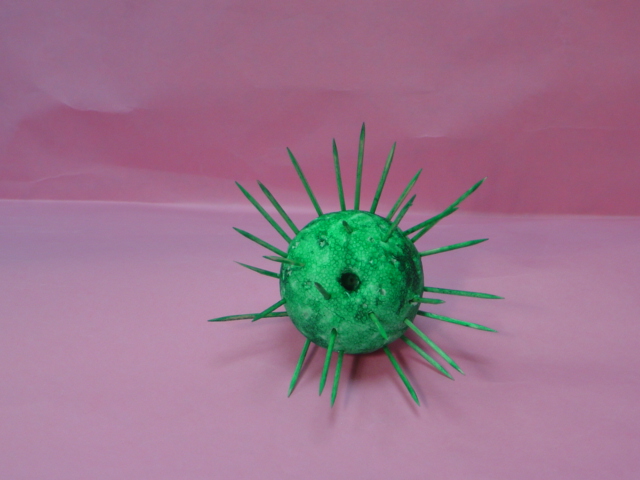 |
| Habitat: Rocky shores and kelp beds
Size: up to 3 1/4 inches wide; 1 1/2 inches high.
Food: kelp and other seaweeds; algae
Interesting Fact: Its spines are poisonous. It protects itself by stinging anything that touches it.
Kenyotis
|
|
| Green Sea Urchin |
Other Sites:
Green Sea Urchin
Green Sea Urchin |
|
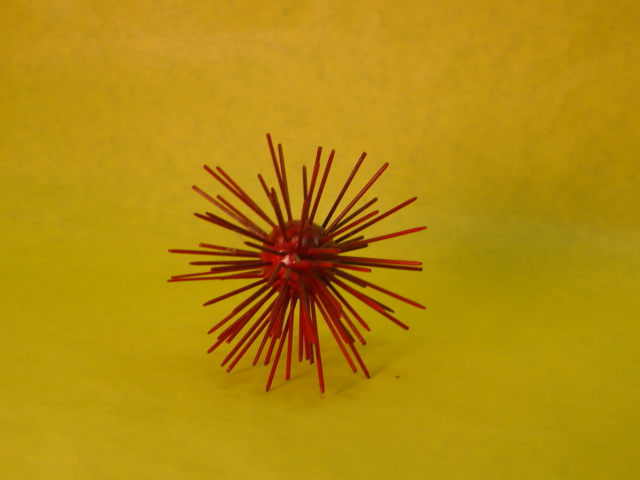 |
| Habitat: On rocky shores or open coasts
Size:
Maximum 2 inches
Food: sea weed, kelp and algae
Interesting Fact:
Matt A. - Amazing Animals of the World
|
|
|
Red Sea Urchin |
Other Sites:
Red Sea Urchin |
|
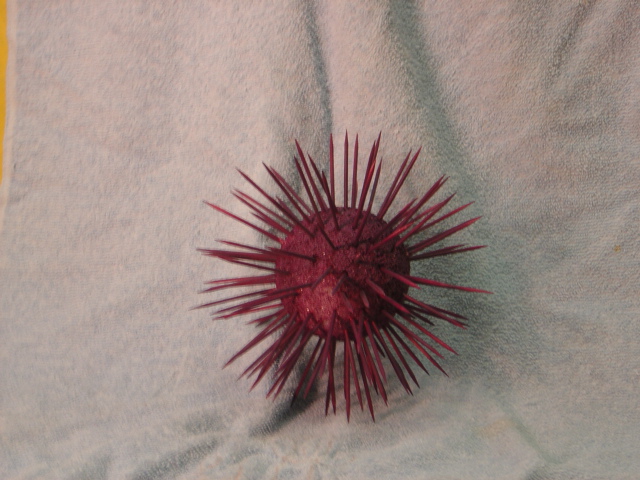 |
| Habitat: Pacific Coast of North Americon rocky shores Size: Maximum Height: 1 3/4 inches Maximum Length: 4 inches
Food: algae, hydrozoans, barnacles, dead animal matter
Interesting Fact: It is spiny and lives in the deep sea. Juveniles are
greenish.
Mitchell L. - Amazing Animals of the World
Eric S. - Amazing Animals of the World
|
|
|
Purple Spined Sea Urchin |
Other Sites:
Purple Sea Urchin |
|
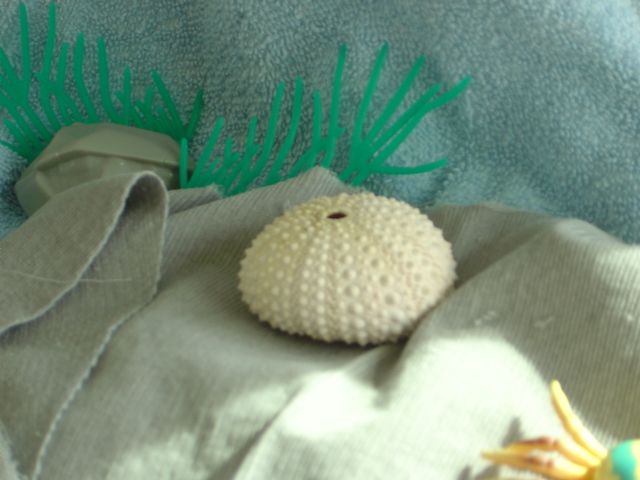 |
Information: A "test" is a
skeleton of a sea urchin. |
| Sea Urchin Test |
|
| Sea
Cucumbers |
|
|
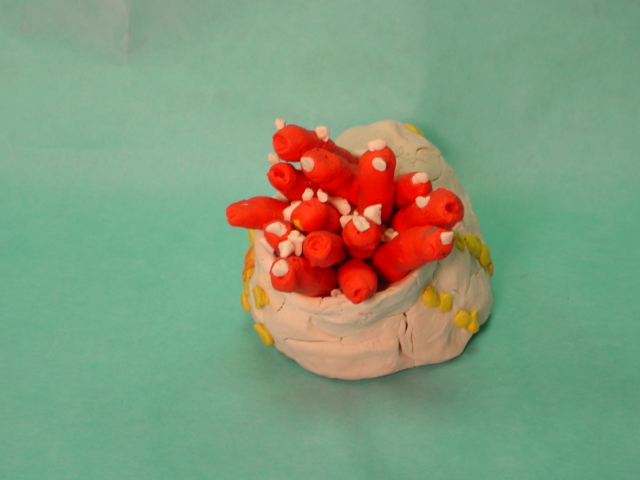 |
| Habitat: From Gulf of Alaska to Baja California . . . sea floor. Size: up to 16-20 inches in length.
Food: plankton, algae, dead organic matter
Interesting Fact: Body fluid of sea cucumber is used to toughen
soles of human feet.
Erika
|
|
| California Sea Cucumber |
Other Sites:
Sea Cucumbers |
|
Brittle Stars |
|
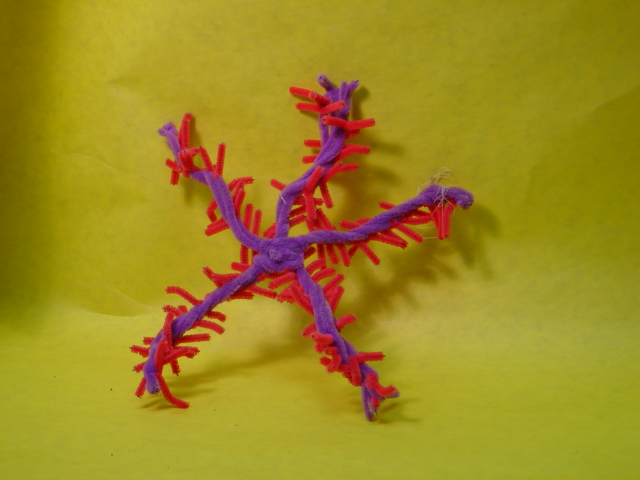 |
| Habitat: seafloors worldwide Size:
Up to 6
inches
Food: small invertebrates and other organic matter.
Interesting Fact: It attaches to a rock on the sea floor.
Amanda and Rajanique Amazing
Animals of the World |
|
| Deep Sea Brittle Star |
Other Sites:
Deep Sea Brittle Star |
|
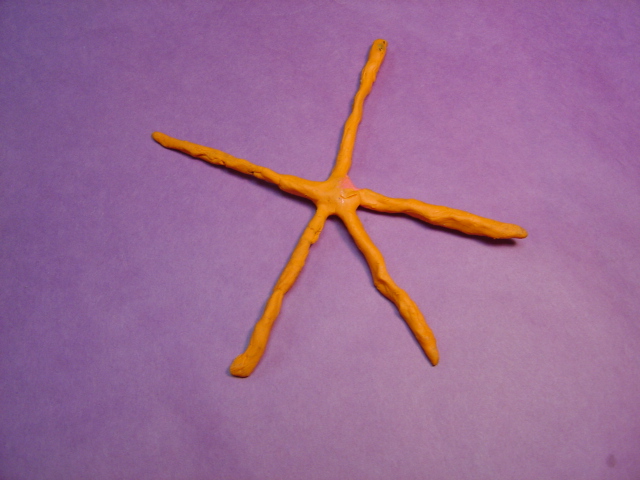 |
| Habitat: under rocks, in tidepools; rocky shores Size: Disk diameter 3/4"
(19 mm), arm length 3 5/8" (92 mm).
Food:
Detritus
(learn about feeding relationships of sea animals)
Interesting Fact:
Colors vary:
Red, orange, pink, yellow, white, blue, green, tan, brown,
gray, and black, in infinite variety of
spots, lines, bands, and mottlings.
|
|
| Daisy Brittle Star |
Other Sites:
Daisy Brittle Stars |
| Sea Stars |
|
|
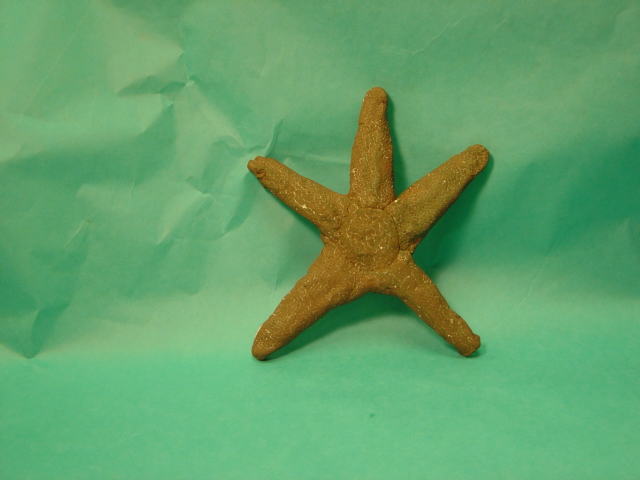
|
| Habitat: rocks Size: up to 7
1/4 inches.
Food: clams, shrimp, scallops
Interesting Fact: If an arm falls off it can grow a new one, and the arm that did fall off can grow into a new sea
star.
Anna |
|
|
Common Sea Star |
Other Sites:
Sea Stars
Common Sea
Star |
|
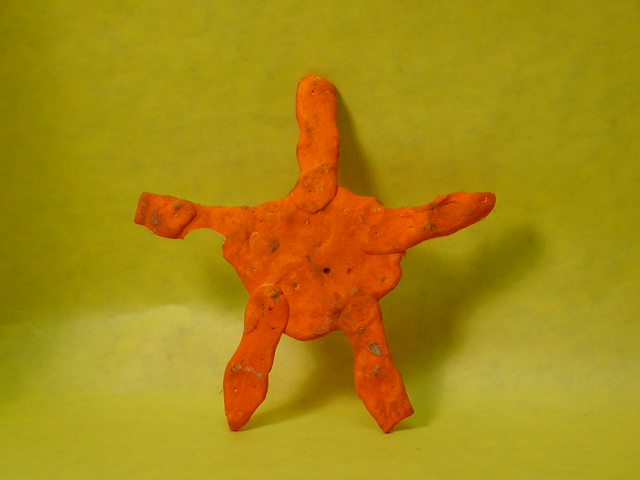
|
| Habitat: on rocks or gravel bottoms.
Size: 8 inch radius.
Food: mussels, clams, shrimp, scallops
Interesting Fact: Has a red eyespot at each arm tip. The body is
soft and flabby.
|
|
| Northern Sea Star |
Other Sites:
Sea Stars
Northern Sea Star |
|
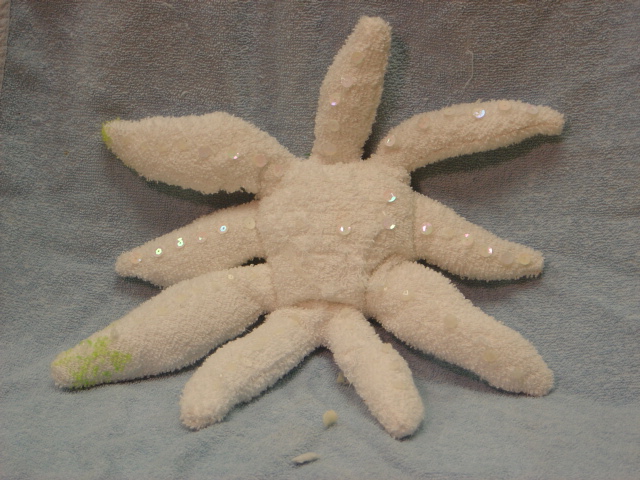 |
| Habitat: Oyster reefs, and seagrass communities
in southern United States. Size:
12-14 inches in diameter
Food:
clams, oysters, coral,
fish, and other animals
Interesting Fact: Sea stars turn their stomachs inside out to eat.
Malikah |
|
|
Nine-Armed Sea Star |
Other Sites:
Sea Stars
Nine-Armed Sea Star |
|
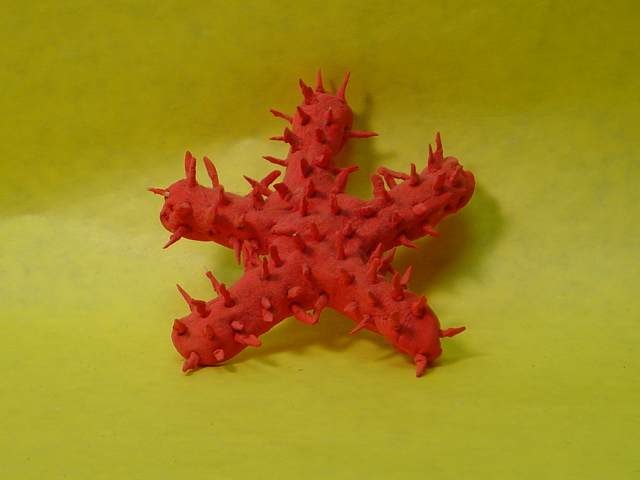 |
| Habitat: North Atlantic coast and Mediterranean
Sea. Size: up to 1 foot in diameter.
Food: Mollusks such as clams & oysters,
sea urchins and other sea stars.
Interesting Fact: Its color is orange to vermillion.
Alexander F. and Nick L. Amazing Animals of the World |
|
| Red Spiny Sea Star |
Other Sites:
Sea Stars |
|
Sea Biscuits and Sand Dollars |
|
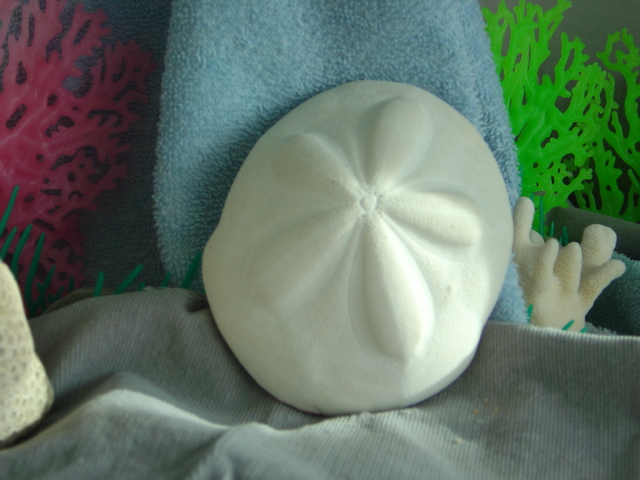 |
| Habitat: ocean bottom
to just beyond low tide area, they like soft, sandy or muddy beds. Size: 5 inches
Food: plankton and organic particles
Interesting Fact: The sea biscuit is a kind of sand dollar.
|
|
| Sea Biscuit |
Other Sites: |
|
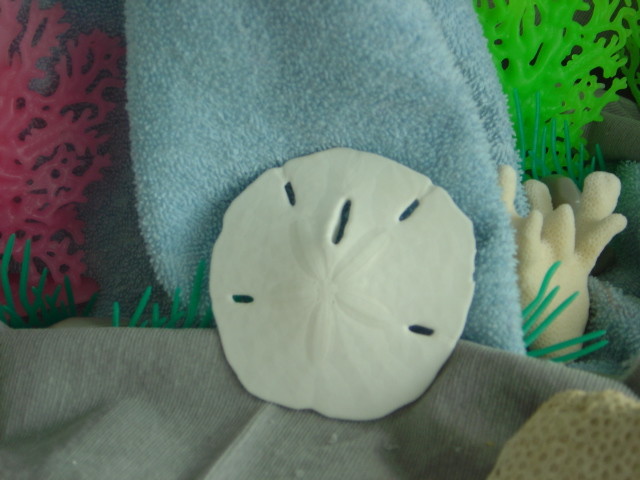 |
| Habitat: ocean bottom
to just beyond low tide area, they like soft, sandy or muddy beds. Size: 4 - 5 inches
Food: plankton and organic particles
Interesting Fact: The picture you see is a "test" or shell
of the actual animal. When the animal is alive it has maroon-colored
000spines that cover the entire shell.
|
|
| Arrowhead Sand Dollar |
Other Sites:
The Common Sand
Dollar |